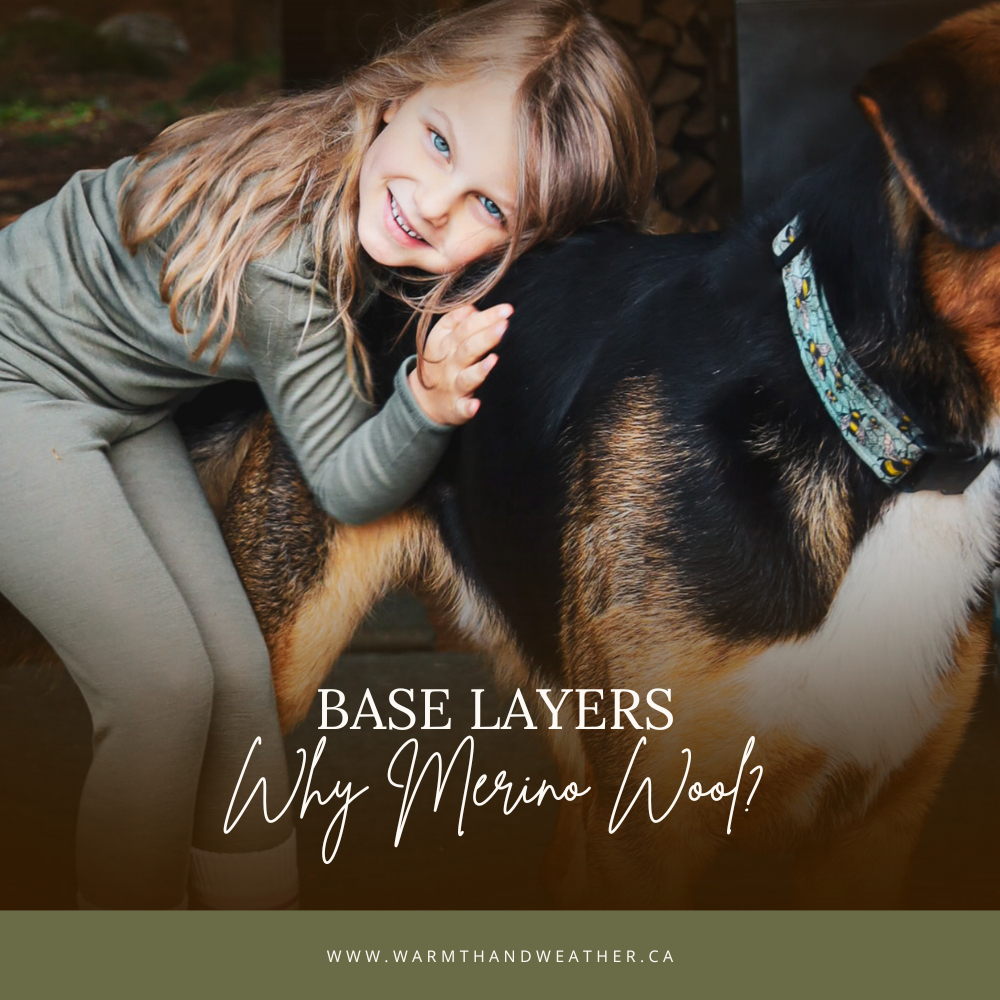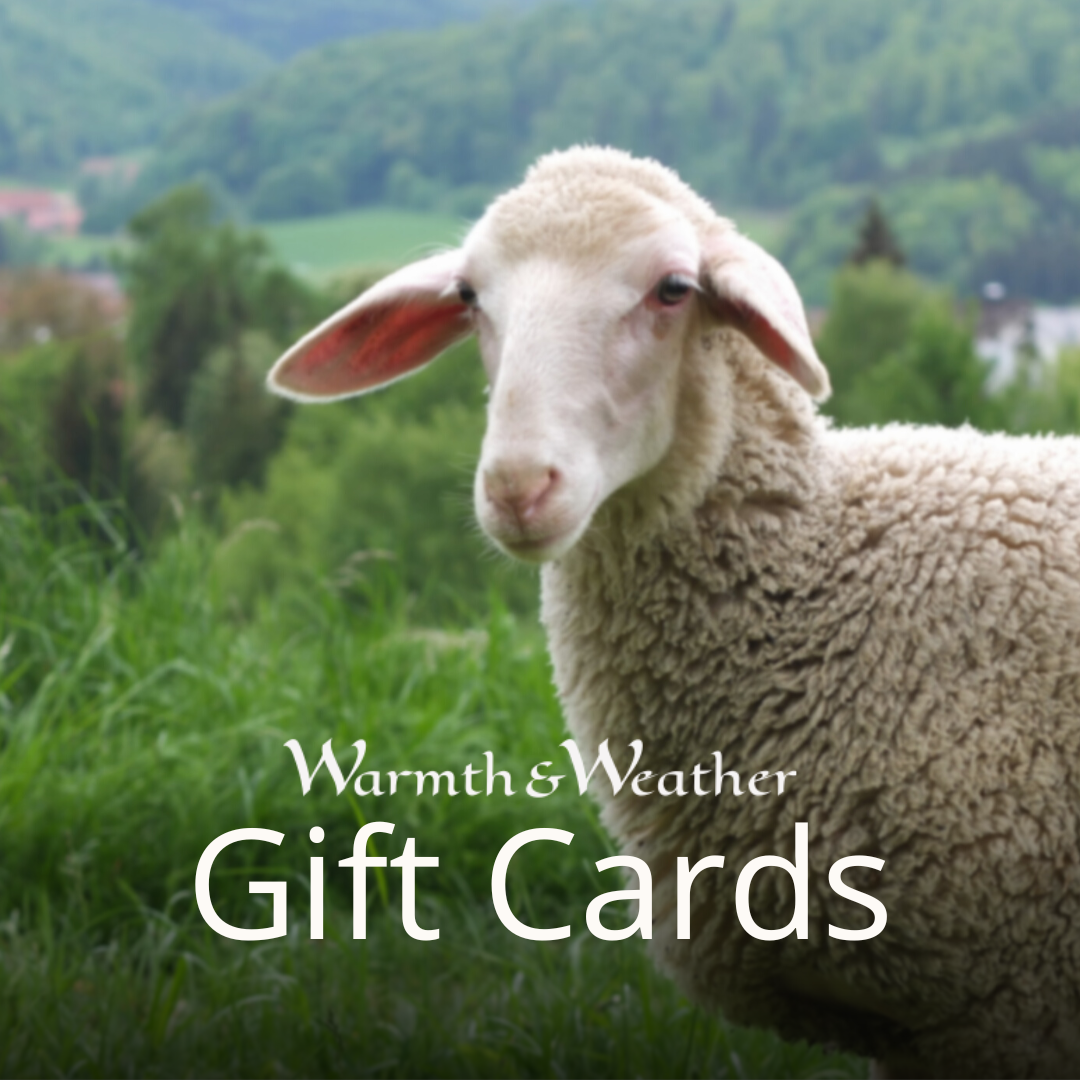
The Warmth we Grow In
Children grow so rapidly—inside and out—especially in the first nine years of life. In those early years, parents provide warmth and protection, helping to form their child’s physical body. Over time, children begin to generate their own warmth, a vital force that weaves unseen within them, supporting health and well-being. Warmth isn’t just a comfort—it’s the foundation for a thriving body.
Babies, in particular, have a brand-new thermostat. Their bodies struggle to maintain a stable core temperature, making them more vulnerable to getting too hot or too cold. When this happens, it’s much harder for them to adjust and find balance. That’s where Warmth and Weather comes in. Thoughtful layers made from the right fibres can help maintain a steady, comfortable warmth—something essential for both winter’s chill and the fluctuating days of early spring.
Choosing the Fibres that Support Warmth and Growth
Not all fabrics provide warmth in the same way. The fibres used to make clothing generally fall into three categories: plant, mineral, and animal. Understanding how they interact with the body can help you choose what’s best for your little ones.

Plant Fibres (Cotton, Linen, Rayon)
Plant-based fibres create a barrier between the skin and the environment, offering strength and protection. Cotton, for example, is highly absorbent—it holds moisture well, which is why it’s excellent for diapers, dishcloths, and towels. But in cold or damp weather, this absorbency works against us, as cotton takes a long time to dry and can leave the body feeling chilled. Because these fibres are naturally cool, they aren’t ideal as a base layer when warmth is needed.

Mineral Fibres (Polyester, Nylon, Vinyl)
Synthetic fibres, derived from minerals, are long-lasting and protective, making them great for rain gear, outerwear, and shoes. They keep wind and water at bay, allowing us to explore the outdoors in all seasons. However, as a base layer, they lack breathability, trapping heat and interfering with the body’s natural temperature regulation. For everyday warmth, these fibres don’t provide the same comfort and well-being as natural materials.

Animal Fibres (Wool, Silk, Alpaca, Mohair)
Animal fibres are nature’s gift to warmth and well-being. Wool and silk, in particular, are structured much like our own skin, making them incredibly supportive and gentle on the body. They don’t just keep us warm—they help regulate temperature, keeping us cool in summer and cozy in winter. These fibres also wick away moisture, preventing clamminess and the chill that comes with being damp.

You can tell your core temperature is just right when your hands and feet are as warm as your heart. Wool and silk naturally support this balance, offering breathable warmth both indoors and out. Wool even has the ability to self-clean and deodorize when aired out, making it a low-maintenance, long-lasting choice.
And if you’ve ever worried about wool being scratchy, rest assured—today’s merino wool is incredibly soft, with manufacturers selecting the longest fibres for a smooth, gentle feel. For children with sensitive skin, eczema, or allergies, organic wool/silk blends are especially soothing. Silk, with its natural softness and insulating properties, offers a delicate warmth like no other.
As we move through February’s mix of frosty mornings and glimpses of spring, the right layers help children stay comfortable and warm, no matter where their adventures take them. We want to support you with natural, nourishing fibres that wrap your little ones in comfort, from winter’s deep chill to the first signs of spring.




